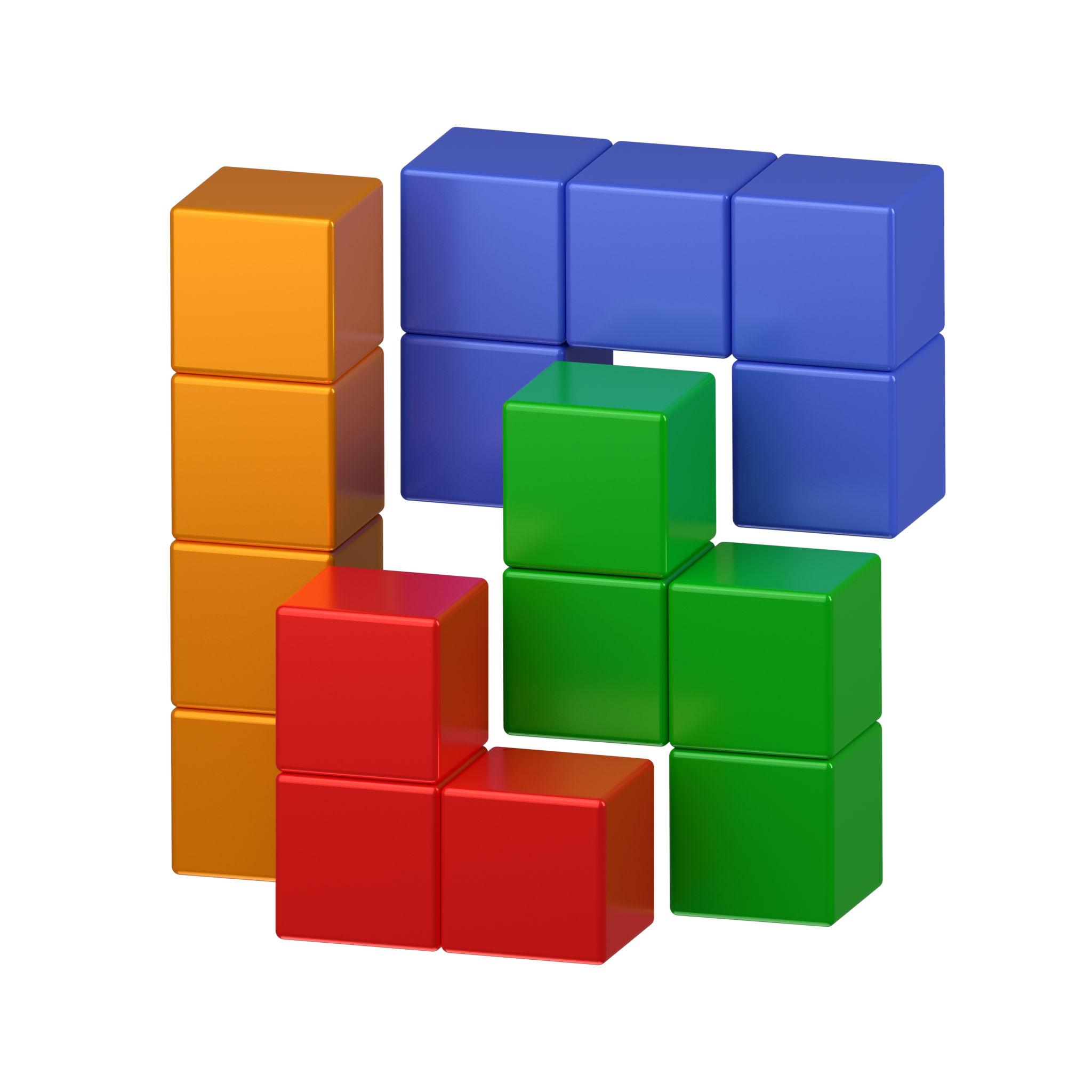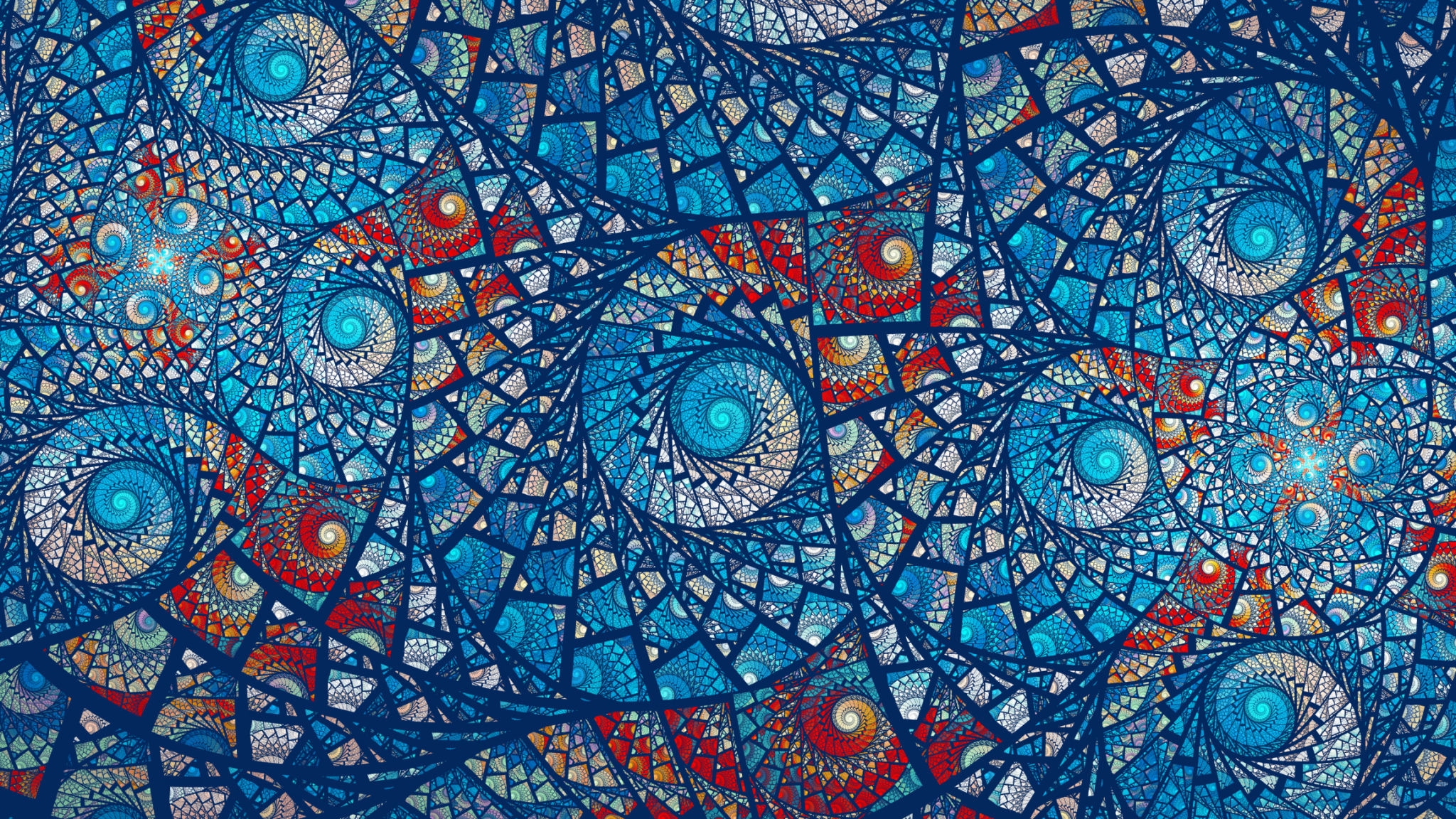Exploring the Intersection of Art and Technology: Understanding Generative Rubik’s Cube Art
RT
The Convergence of Art and Technology
In recent years, the fusion of art and technology has opened new avenues for creativity and exploration. One fascinating outcome of this intersection is Generative Rubik’s Cube Art. This unique art form combines the algorithmic nature of technology with the visual complexity of the Rubik's Cube, creating captivating and intricate designs.
Generative art, in essence, refers to art that is created through the use of autonomous systems, such as algorithms. When applied to the Rubik's Cube, these algorithms can manipulate the cube's colored squares into specific patterns or sequences, resulting in a visual masterpiece that can be appreciated both aesthetically and intellectually.

Understanding Generative Art
To fully grasp Generative Rubik’s Cube Art, it’s essential to understand the broader concept of generative art. At its core, generative art is a process-driven approach where artists use algorithms to dictate certain aspects of their work. The artist sets parameters and rules, allowing the system to generate outcomes that are often unpredictable yet visually compelling.
In the context of a Rubik's Cube, generative art involves crafting algorithms that solve or manipulate the cube in visually appealing ways. These algorithms can be designed to create specific patterns or explore a range of possibilities, showcasing the blend of human creativity with machine precision.
The Role of Algorithms
The algorithm is the heart of Generative Rubik’s Cube Art. It determines how the colors will be arranged and how the cube will transform over time. This requires a deep understanding of both mathematical principles and artistic vision. Artists often collaborate with computer scientists to develop these complex algorithms, resulting in innovative works that push the boundaries of traditional art forms.

Applications and Impacts
The impact of Generative Rubik’s Cube Art extends beyond visual appeal. It challenges our perceptions of what art can be and encourages us to consider the role of technology in creative processes. Artists and technologists alike find inspiration in this convergence, leading to new collaborations and explorations in digital art.
Moreover, this art form offers educational opportunities by introducing concepts of algorithms and computational thinking in an engaging way. For educators, it serves as a tool to teach students about problem-solving and creativity through hands-on experience with technology.
The Future of Generative Art
As technology continues to evolve, so too will the possibilities for Generative Rubik’s Cube Art. Advances in artificial intelligence and machine learning promise even more sophisticated algorithms, enabling artists to explore new dimensions and complexities. The future holds exciting potential for further integrating these technologies into artistic practices, enhancing both creation and interpretation.

Conclusion
Generative Rubik’s Cube Art exemplifies the dynamic intersection of art and technology. It showcases how traditional objects like the Rubik's Cube can be transformed into canvases for modern expression through algorithmic creativity. This art form not only enriches our cultural landscape but also inspires us to rethink the boundaries between artistic disciplines and technological innovation.
As we continue to explore this fascinating intersection, Generative Rubik’s Cube Art will undoubtedly remain a testament to human ingenuity in harnessing the power of technology to create beauty and provoke thought.